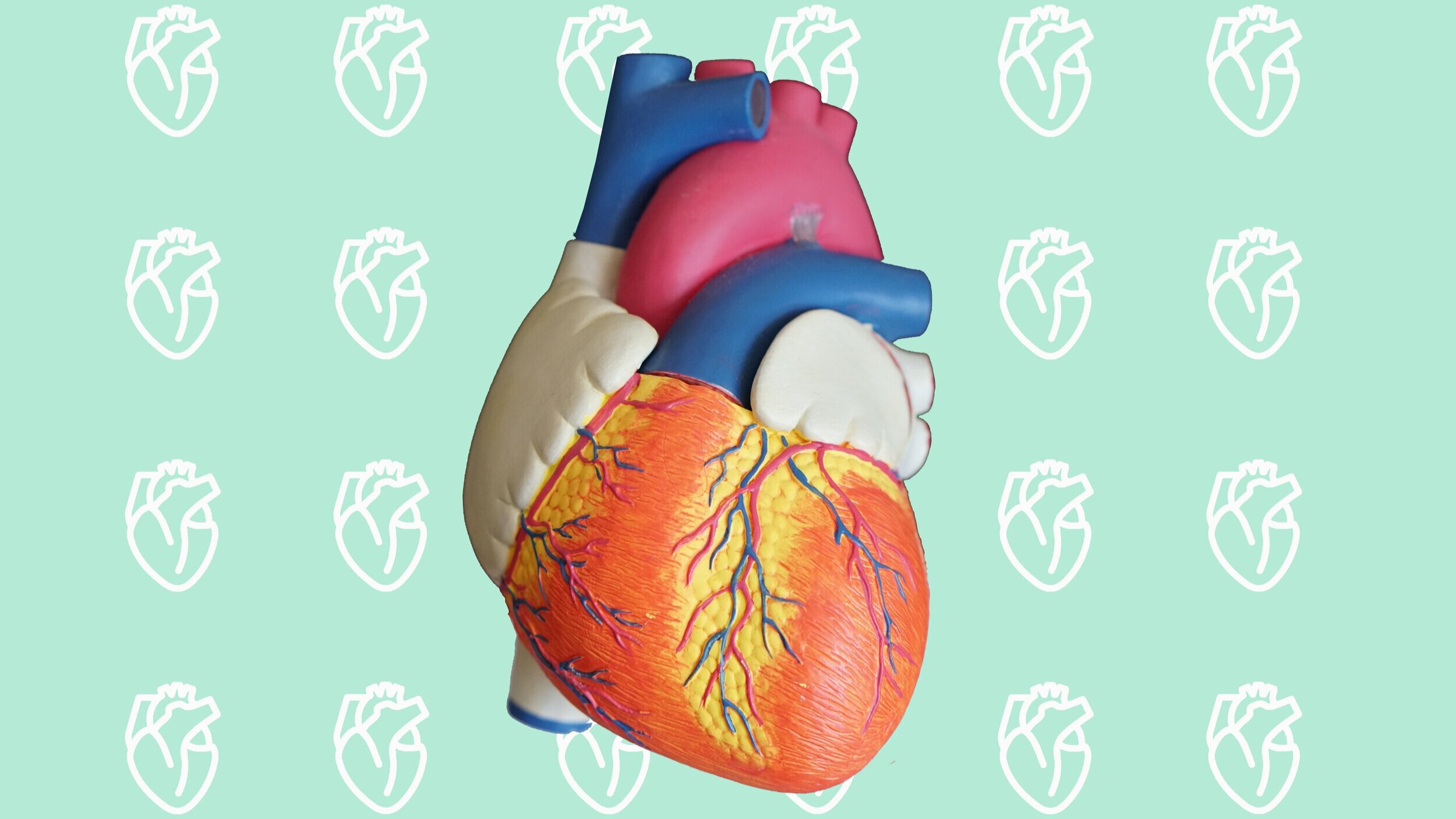
Gen Med Examination 1
Station 1
I just don’t feel steady any more
Candidate Instructions
Setting:
You are a Foundation Year doctor working in GP/family medicine. This patient has presented after repeat falls.
Name: Timothy Watson
Tasks:
1. Please perform an upper and lower neurological motor exam on the patient.
2. Present the preferred diagnosis to the examiner.
3. Explain your clinical reasoning as to why this is your preferred diagnosis to the examiner.
Simulated Patient Instructions
Briefing
Please act as the patient and reveal signs and results only as the candidate performs actions or requests tests.
Diagnosis: Parkinsons
You are Timothy Watson, a 62 year old gentleman.
You have presented to your GP with recurrent falls, you have been feeling unsteady on your feet recently.
Opening Statement
“I just keep falling whilst i’m at home on the farm which is very unlike me, i’m usually so fit and well. Can you help me doctor?”
Appearance and Behaviour
Keep your face blank and expressionless - as per the mask-like appearance of a patient with parkinsonism. Please speak quietly as per the hypophonia exhibited in parkinsonism. More specific instructions re:certain symptoms can be found in the mark scheme.
Start the Timer and Begin
Intro
End of Bed Inspection
Inspection
Please show the candidate the following video as they inspect the torso.
Tone
Power
- Shoulder abduction 5/5 (C5 + axillary nerve)
Biceps 5/5 (C5)
Wrist extension 5/5 (C6 + radial nerve)
Triceps 5/5 (C7)
Finger flexors 5/5 (C8)
Finger abduction 5/5 (T1 + ulnar nerve)
Thumb abduction 5/5 (T1 + median nerve)
- Hip flexion 5/5 (L2 + iliofemoral nerve)
Hip extension 5/5 (inferior gluteal nerve)
Knee extension 5/5 (L3 + femoral nerve)
Knee flexion 5/5 (sciatic nerve)
Ankle dorsiflexion 5/5 (L4 + deep peroneal nerve)
Big toe extension 5/5 (L5)
Ankle plantarflexion 5/5 (S1 + tibial nerve)
Reflexes
- Biceps - as found
Triceps - as found
Brachioradialis - as found
- Knee jerk - as found
Achilles - as found
Babinski - as found
Coordination
Please show the candidate the following video when they test for Dysdiadochokinesia.
Special Tests
Please show the candidate the following video when they perform the finger tap test. Note the movements getting smaller and smaller as the movement is repeated - this is the same phenomenon that leads to micrographia (handwriting which gets steadily smaller) in Parkinsonism.
To Complete the Exam
Examiner Instruction
At this point please direct the candidate to move on to diagnosis.
Diagnosis
- No sensory upset makes other diagnoses less likely e.g. stroke
- Tremor - which is a 1-4hz as in Parkinsonism, and no worse on movement (which would suggest essential tremor instead)
- Rigidity (not spasticity) - one of the cardinal signs of Parkinsonism
- Bradykinesia - one of the cardinal signs of Parkinsonism
- Postural instability
- Shuffling gait - difficultly initiating movements due to basal ganglia insufficiency
- Unilateral onset of symptoms - typical of idiopathic Parkinson's disease
Summary
Timothy went on to be diagnosed with Parkinson’s Disease. A common presentation of Parkinson’s disease is repeated falls due to postural instability. The unilateral onset, initially worse in the upper limbs, is typical of idiopathic Parkinson’s disease. It’s worth knowing about other forms of Parkinsonism such as vascular parkinson’s (normally with lower limb onset), drug induced parkinson’s (from dopamine blocking medications e.g. risperidone, haloperidol, olanzapine, prochlorperazine), and parkinson’s plus disorders.
Timothy was started on Levodopa after being formally diagnosed in a neurology clinic. His symptoms improved greatly and he returned to your GP surgery for an unrelated problem some weeks later and thanked you for making an early diagnosis. His symptoms are now well controlled with medication.
Submit for Scoring
Tags | Examination | Neurological | Geriatrics | Parkinsons | Tremor | Fall
Station Written by: Dr Benjamin Armstrong
Peer Reviewed by: Dr Rishil Patel
Want to suggest an edit?
Comment below and we'll get right to it!
